The Brahmaputra: Mighty River of the East
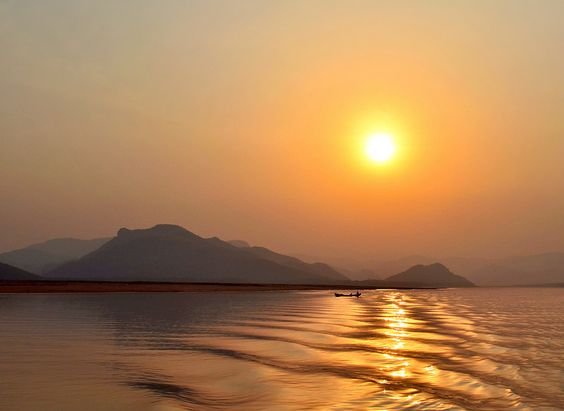
The Brahmaputra River is one of the largest and most powerful rivers in Asia. It rises from the Tibetan Plateau, flows through China, India and Bangladesh and stretches for thousands of kilometres before joining the Bay of Bengal. Known by different names in different places—the Yarlung Tsangpo in Tibet, the Brahmaputra in India and the Jamuna in Bangladesh—it is of great importance to the people of Assam and northeastern India. Its water feeds large farms, is an important transportation route and plays an important role in the region’s culture and economy.
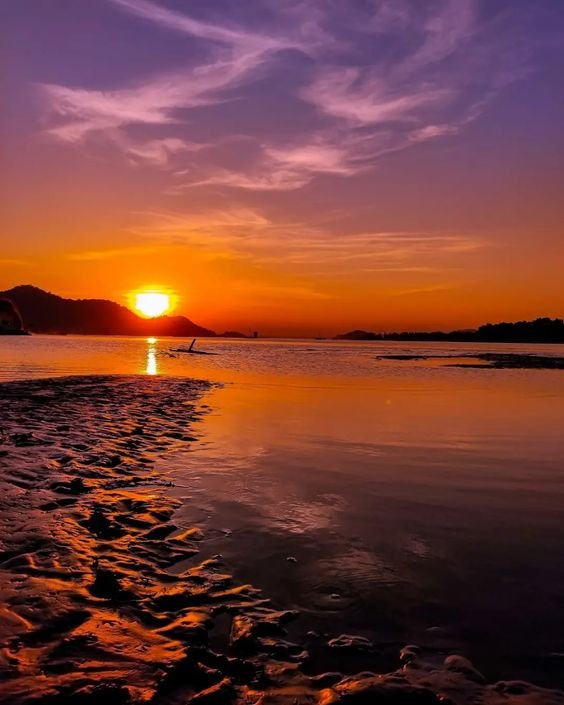
However, the Brahmaputra is not only a river of blessings; It is a constant cycle of flooding, migration and political strife. Rapid climate change, industrialisation and water-sharing disputes between China and Bangladesh have contributed to growing tensions around the river.
Origin of the Brahmaputra River
The Brahmaputra River originates from the Angsi Glacier within the Tibetan Plateau, located at 5,150 meters inside the Himalayas. It flows as the Yarlung Tsangpo in Tibet and travels about 1,600 kilometres across the high plateau, meandering between mountain degrees. Upon getting into Arunachal Pradesh in India, it takes at the call Siang or Dihang before descending into the plains of Assam, in which it becomes known as the Brahmaputra.
The river continues through the Assam Valley, where it encounters several tributaries, together with the Dibang, Lohit, and Subansiri rivers. This confluence reasons it to grow into a tremendous and robust waterway. After getting into Bangladesh, it merges with the Ganges (regionally referred to as the Padma) and ultimately flows into the Bay of Bengal. The complete direction of the Brahmaputra spans round 2,900 kilometres, making it one of the longest rivers in the world.

The Brahmaputra’s journey from the icy glaciers of Tibet to the fertile deltaic plains of Bangladesh makes it a completely unique river. Unlike most rivers, the Brahmaputra is each snow-fed and rain-fed, resulting in sizable seasonal versions in water ranges. This aggregate contributes to the river’s flooding patterns and additionally makes it a critical water resource for the agriculture-structured economies along its banks.
Mythology and Historical Significance
The Brahmaputra is intricately woven into Hindu mythology and local folklore. According to legend, the river is personified as the son of Brahma, the creator of the universe, and Amogha, the wife of the sage Shantanu. The name “Brahmaputra” means “Son of Brahma” in Sanskrit. Another popular legend associates the river with Parasurama, one of the incarnations of Vishnu. It is said that Parasurama in a moment of anger killed Kshatriyas and created the son of Brahma to wash away his sins.
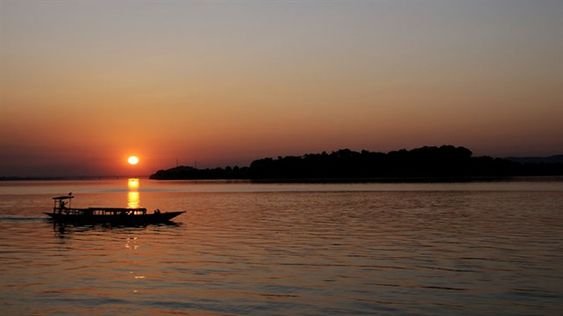
Beyond its mythological significance, the river has played an important role in India’s history and trade routes. In ancient times, it facilitated trade with India, Tibet and Southeast Asia. The Ahom dynasty of Assam ruled the region for centuries and depended on the Brahmaputra for agriculture, transportation and security. Even during the British colonial period, the Brahmaputra was an important waterway, connecting tea plantations and plantations in Assam with ports in Bengal and beyond
The cultural significance of the river is reflected in the festivals of Assam. During Bihu, which marks the agricultural seasons, communities along the Brahmaputra honour the river with songs, rituals and offerings. Many villages and towns organize boat races and river festivals, highlighting the deep connection between people and the river.
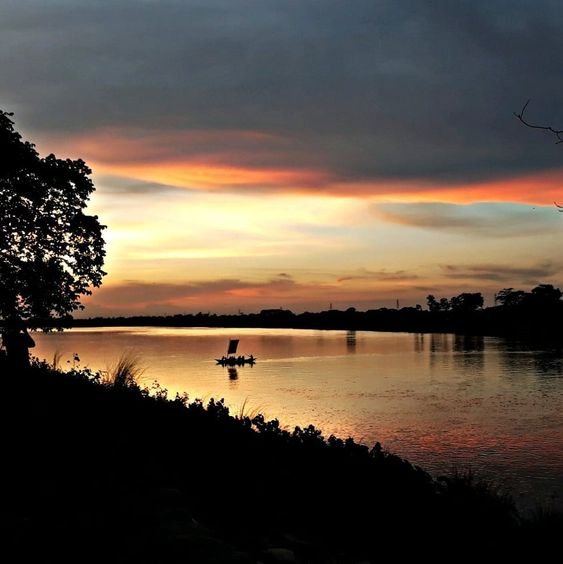
Role in Assam’s Economy and Culture
The Brahmaputra River is vital to Assam’s economic system and India’s northeastern place. It serves as the primary water supply for agriculture, fisheries, and transportation, without delay helping thousands and thousands of livelihoods. The fertile floodplains of Assam, enriched by using alluvial deposits from the Brahmaputra, make the state a main manufacturer of rice, tea, and jute.
Agricultural Dependence
Brahmaputra is important for agriculture in Assam. Farmers rely on its waters to irrigate their fields, especially in rice cultivation. During the rainy season, the river rises and flows, providing nutrients to the soil. However, excessive flooding can result in crop failures and displacement of local residents.
Inland Navigation and Trade
The Brahmaputra River is specific as National Waterway 2 (NW-2) and performs an important function in inland water transportation. It connects Assam with the rest of India and neighbouring international locations, along with Bangladesh, facilitating the movement of goods like tea, petroleum, and forest merchandise. Recent tasks to decorate waterway connectivity purpose to lessen Assam’s reliance on street and rail transport, making alternate more sustainable.
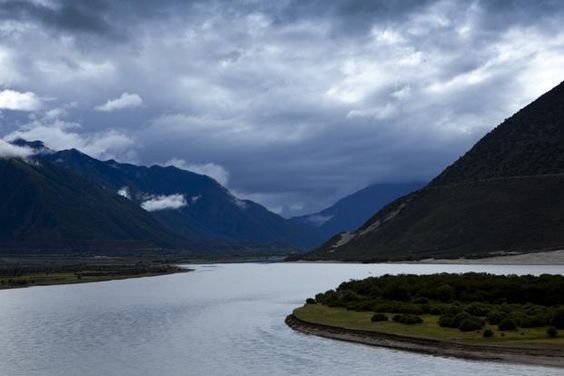
Fisheries and Biodiversity
The Brahmaputra River is home to a numerous variety of aquatic species, which includes freshwater fish, turtles, and river dolphins. Fishing is a full-size source of livelihood for neighbourhood communities, with hilsa, rohu, and catla being a number of the most commonplace catches. The river’s ecosystem also supports the endangered Gangetic dolphin, which serves as an important indicator of the river’s health.
Floods, Environmental Challenges, and Water Disputes
Though the Brahmaputra sustains life, it also brings catastrophic floods every year, especially in the monsoons. These floods displace thousands of people, destroy crops and erode river banks, posing major challenges to the region.
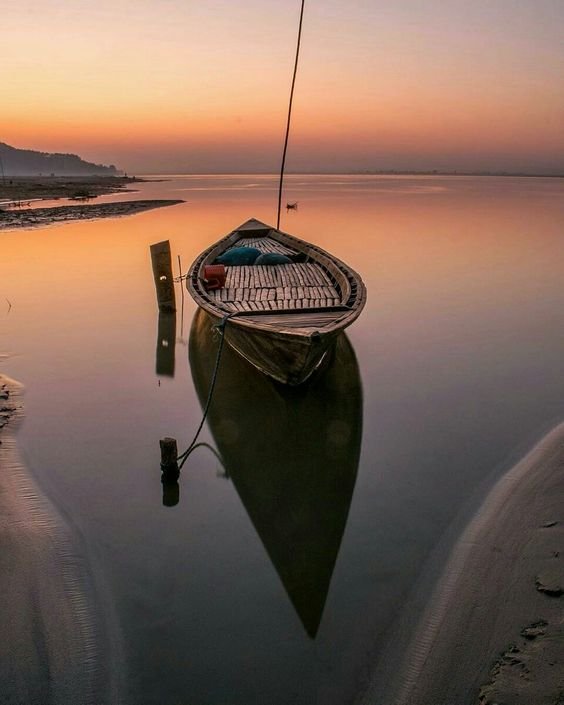
Floods and Erosion
Due to the unpredictable drift of the Brahmaputra River, Assam reports intense flooding nearly every yr. During the monsoon season, the river often overflows, submerging huge regions of farmland and displacing thousands of human beings. The floods additionally cause riverbank erosion, ensuing in the lack of agricultural land and forcing many households to relocate multiple instances at some point of their lives.
The scenario is exacerbated by using the lack of effective flood management systems. Dams and embankments constructed to incorporate the river have established ineffective in lowering flood harm, as they regularly breach at some stage in heavy rainfall.
Environmental Concerns
Rapid urbanisation, deforestation and climate change are destroying the ecosystem of the Brahmaputra River. The pollution is aggravated in some parts by mining, industrial wastes and untreated sewage. Decreased forest cover along the river banks has increased erosion, reducing the river’s carrying capacity and increasing the risk of flooding
Furthermore, climate change has accelerated the melting of Himalayan glaciers, increasing the water table in the river. At the same time, unpredictable rainfall exacerbates drought in some areas, complicating water management efforts.
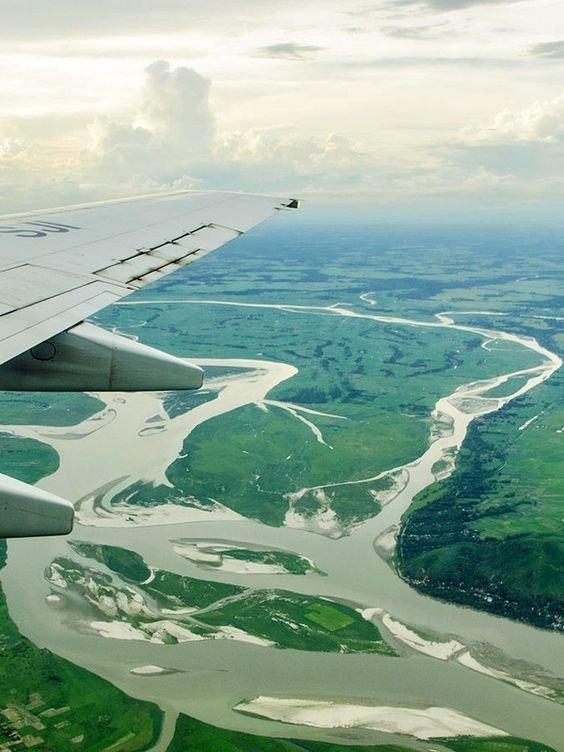
Water Disputes and Regional Tensions
The Brahmaputra River is on the centre of global water disputes, especially regarding India, China, and Bangladesh. In latest years, China’s production of dams and hydroelectric projects in the river’s higher reaches has raised concerns in India. Indian government fear that those activities ought to disrupt the river’s flow, doubtlessly affecting water availability in the northeastern states.
Additionally, India and Bangladesh face demanding situations associated with the sharing of the Brahmaputra’s waters. Bangladesh is predicated on the river for irrigation and consuming water, and any disruption in its waft could have excessive effects for tens of millions of people. Although diplomatic efforts have addressed those issues, the absence of a comprehensive water-sharing agreement keeps to pose a vast mission.
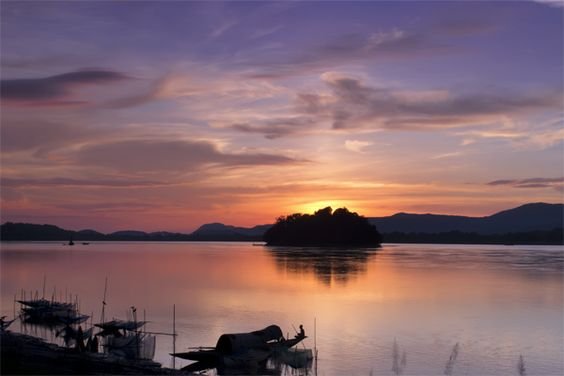
Restoration Initiatives and Development Efforts
In response to the demanding situations posed via floods and environmental degradation, the Indian authorities and neighbourhood government have released diverse projects to manipulate the go with the flow of the Brahmaputra River and foster sustainable improvement.
Flood Management and Riverbank Protection
It includes construction of embankments, barriers and sluice gates for flood control on the Brahmaputra River. However, these measures have not always been effective and require constant maintenance and maintenance. The government has recently started exploring natural flood control solutions, such as wetland restoration and riverside tree planting to reduce erosion.
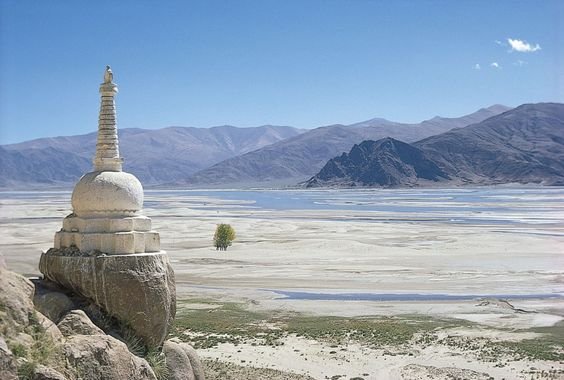
Inland Water Transport Development
To sell trade and reduce reliance on avenue networks, the authorities is advancing inland water transportation along the Brahmaputra. This initiative makes a speciality of growing ports, jetties, and ferry services to create new monetary possibilities at the same time as additionally minimizing carbon emissions from shipping.
Conclusion
The Brahmaputra River is vital to northeastern India, supporting agricultural trade and ecosystems. Its waters greatly affect the economy and culture of Assam, as the myths and legends surrounding the river connect people to their spiritual roots. But the river also faces challenges, including flooding, environmental pollution and international conflict. Collaborative efforts across national and regional boundaries are needed to address these issues.

The future of the Brahmaputra depends on how well governments, communities and businesses can balance development with environmental protection. By investing in sustainable flood management, promoting environmentally friendly business models, and encouraging community cooperation, we can ensure that this great river will sustain the lives and culture of future generations.


